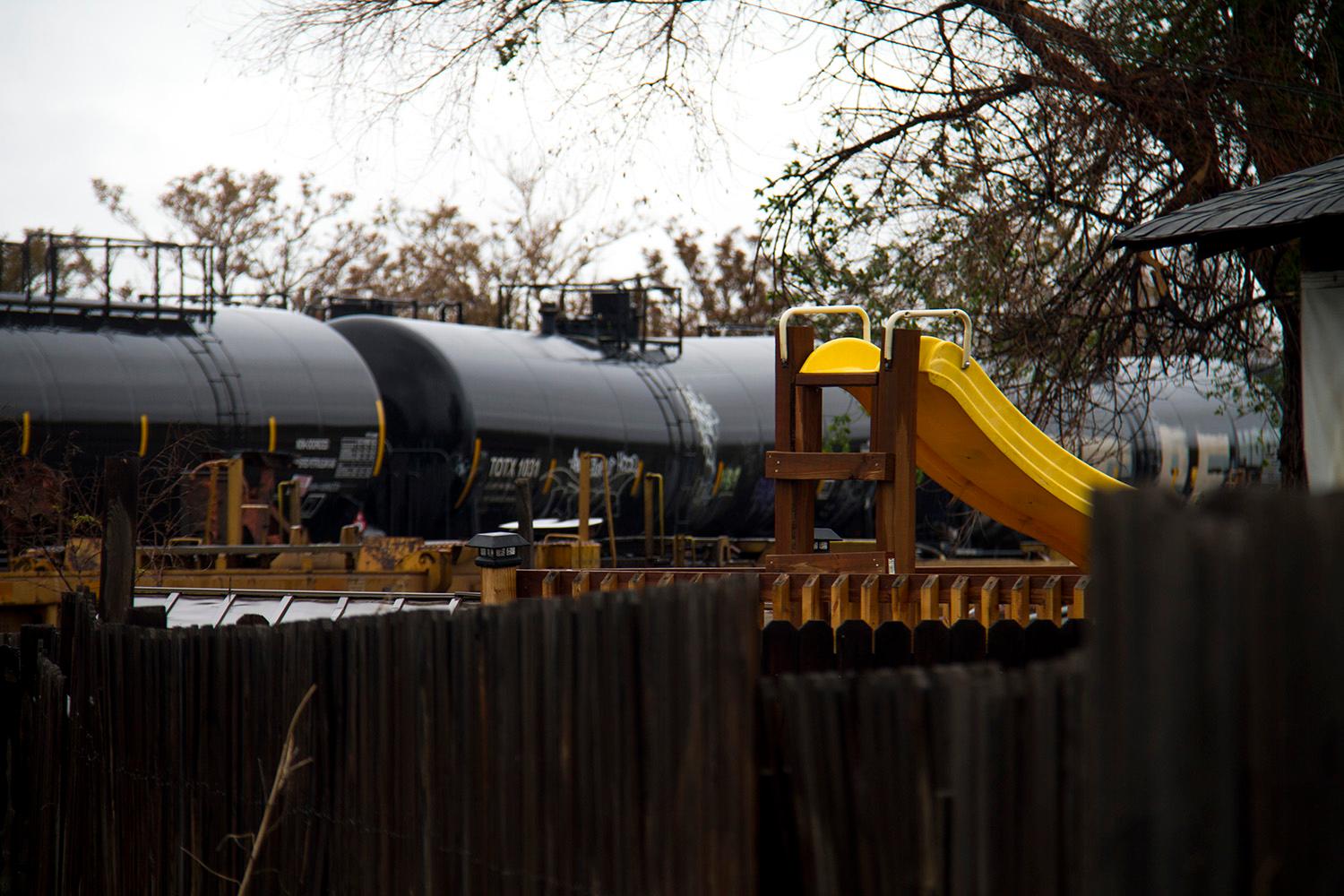
Salvador Arrieta sits on his porch soaking his feet. He sees the changes marching up Brighton Boulevard toward the Elyria neighborhood where he has lived for more than 40 years, and he's pretty sure he knows what's coming.
"Look at what happened in Highland over there," says Arrieta. A construction worker, he's helped build many of the structures that have transformed Denver. "They're going to knock down the little houses and build condos. It's going to be all rich people in here."
Born of industry on the banks of the South Platte River and nurtured by generations of immigrants, Globeville, Elyria and Swansea were cleaved in two by the construction first of I-25 in the last 1950s and then of I-70 in the 1960s and left to their own devices for decades.

These working-class neighborhoods are now the subject of an unprecedented public planning and infrastructure effort, and it's happening in the midst of an overheated housing market that is sending new buyers into areas where homes can still be had for $200,000, give or take.
For some, it's a "Corridor of Opportunity."
Under the umbrella of the North Denver Cornerstone Collaborative, Denver is investing more than $1 billion in creating a National Western Center that boosters say will be a year-round destination for the next 100 years.
Transit-oriented development is planned for four stations, two on the recently opened University of Colorado A Line on the eastern and western edges of Elyria-Swansea, one at the National Western on the North Metro Line scheduled to open in 2018 and one on the Gold Line scheduled to open later this year that runs through the western edge of Globeville before heading to Wheat Ridge.
The city will spend $26 million to turn Brighton Boulevard, which connects the stock show to downtown, into Denver's "second front door." The city is investing in parks, bike bridges over the river and other amenities in the River North area to turn the gritty industrial cityscape into a walkable, livable neighborhood.
Globeville, Elyria and Swansea residents continue to live with poor drainage that floods the streets after a rain, incomplete and narrow sidewalks, trains and tractor trailers cutting through residential areas and the myriad smells from the stock show, marijuana grow operations, the Purina plant and I-70, which the Colorado Department of Transportation plans to expand to 10 lanes sunk below grade, a project that will take 56 homes and 18 businesses.
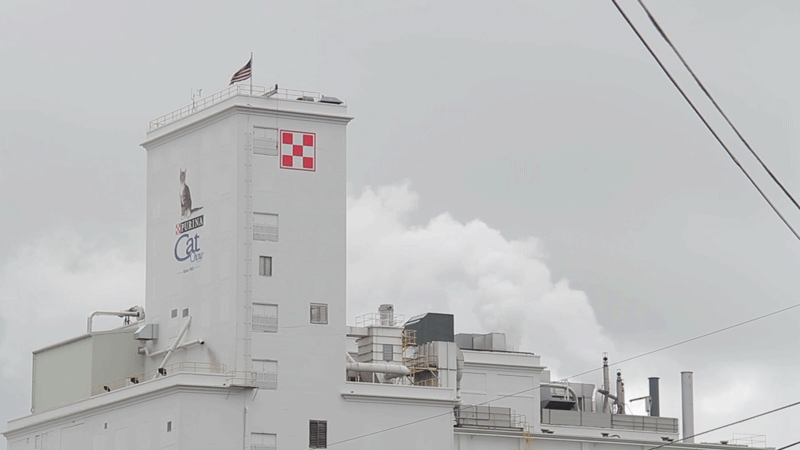
Arrieta's home on Race Street, a few blocks east of the National Western Center, is covered in neat, white stucco, his lawn a smooth, green carpet.
Elyria used to be a nice neighborhood, he says, but the city hasn't kept up its end of the bargain. His wife, Josie Arrieta, says she regularly calls 311 about trash dumped illegally in the alley that is blocking cars from passing. Days later, it still sits there.
Salvador Arrieta recalls talking to a city inspector who told him no one came out in response to calls because "this neighborhood is not worth a ... I don't want to say the word, but you understand."
Soon, the neighborhoods may be worth far more than a tossed off expletive.
"Is there built-in friction? ... Yes."
The Denver City Council has adopted detailed neighborhood plans for Globeville and Elyria-Swansea that also fall under the umbrella of the NDCC. Some key priorities, like extending neighborhood streets through the stock show grounds and across the South Platte River so that it's easier to get around, are included in the National Western plans.
But most of the neighborhood projects have no identified funding yet, including priorities like a pedestrian crossing over a railroad at 47th Avenue and York Street that often prevents children from getting to school on time.
Officials with the NDCC said they will fight for those projects every year as part of the city's budget process.
"Everything we do goes back to the neighborhood plans," says Erika Reyes Martinez, a spokeswoman for the NDCC. "That’s our guide."
"Is there built-in friction in terms of prioritization and there are not enough resources to do what we should be doing?" asks Kelly Leid, the outgoing head of the NDCC who now will focus exclusively on the National Western. "Yes. But those are the conversations we are having about here is what we’re prioritizing and why."
Realtors and investors have already taken notice.
A real estate listing on Zillow touts:
"Properties are located in the huge North Denver Cornerstone Collaborative (NDCC) redevelopment area that is still in its early stages & more info will be provided shortly. Near the RINO district, 8 blks from new light rail station located at the National Western Center also under redevelopment."
Moses "Sonny" Valdez, the realtor who posted that ad, grew up in Swansea in the 1970s and '80s.

"It was a small community, not quite as rough as it turned into," he says.
Investors have been buzzing about the neighborhood for several years now, he says. His own interest was piqued after hearing Hancock speak to a business audience about the Corridor of Opportunity.
"It's a hot area with all the growth that is moving down Brighton," he says. "Light rail had a lot to do with that. People are buying knowing where it is going. I don't know if you want to call them yuppies, but the kind of people who live in RiNo."
Some people already feel like they missed the boat, Valdez says. "The word is out. The buzz is out. It's not a secret."
And that neighborhood change is already pushing people out.
This is what displacement looks like.
Swansea Elementary School has lost 100 students in two years and expects to lay off staff for the next school year.
"That’s not usual," said Brian Eschbacher, director of operation planning and analysis for DPS. "It’s troubling. When we look at the number of students living in the neighborhood, it declines 70 children this year. We are seeing a large decline in the neighborhood."
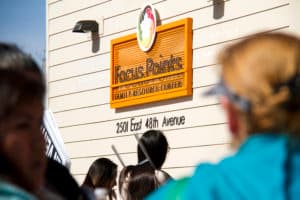
This is what Raymunda Carreón loses if she has to move: She attends classes at Focus Points Family Resource Center, a nonprofit that itself fled the gentrification in Five Points as its client base moved elsewhere. She has a plot in the community garden where she grows chiles, tomatoes, tomatillos and squash. She volunteers at breakfast and in her grandson's classroom at Swansea Elementary. She gets her exercise walking everywhere in the neighborhood. She has a home-based business making and selling food to customers who know her. She has friendships of many years.
"My grandson cries because he doesn't want to leave," she says. "It's very difficult. I don't want to leave. I don't know what is going to happen."
Carreón once owned a home with her husband near 40th Avenue and Madison Street, but they lost it years ago when her son was diagnosed with lupus and the family couldn't keep up with house payments and medical bills.
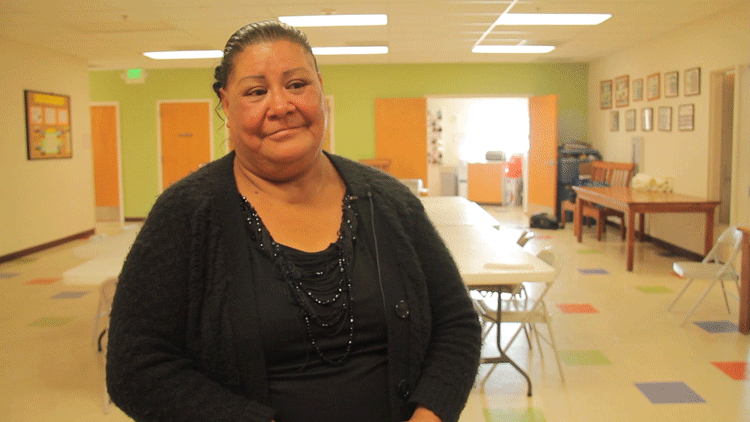
After years in difficult living situations -- a trailer where they had to heat water in the microwave for bathing, then a second-floor apartment where the utilities came to nearly $300 a month and the landlord charged $50 a day in late fees -- Carreón found a sustainable situation for her family.
Since 2010, she and her husband have rented one half of a duplex for $600 a month. The reasonable rent meant they could pay on time, and they put their own money into fixing up the house in exchange for the occasional discount on rent.

Then in April 2016, she learned the house was being sold. Carreón scrambled to see if she and her husband could get a mortgage to buy the house themselves -- or any house in the neighborhood. After a rollercoaster ride of promises, assurances and denials, a persistent Carreón secured a loan.
The family qualified for up to $184,000. But Carreón hasn't been able to find a home in her neighborhood for that price. While she was scrambling for a loan, the buyer and seller were negotiating the final price, which ended up being $60,000 above asking price.
The new owner wants Carreón to sign a year's lease at $1,000 a month -- a $400 increase. It's too much. Carreón is looking for a house to buy, but it will probably be somewhere else.
"I don't have the tools that would allow me to stay," she says.
Of course, some people like what's happening.
Gerard Tomas grew up in Swansea when gang activity was part of daily life and part of his. ("I was involved in a lot of things, but I'm positive now," he says.) The neighborhood is a lot safer now, Tomas says. Some gang members died or went to prison, and those who remained decided they wanted a different life.
Sitting on the porch of the house his grandparents once owned, a home he fixed up himself with skills he learned as a carpenter's apprentice, he sees good things coming for the neighborhood.
"I'm all for it, if it brings a positive aspect," says Tomas, a quality control technician for a solar company. "Brighton is popping."
"The only thing I'm worried about is the noise," he says of the I-70 expansion. "Once it's done, I think it's going to be great."
Nilo Sierra owns El Duranguense corner market near the stock show at 47th Avenue and Race Street. On a recent afternoon, he was playing cards with a friend, no customers in sight. He has a relocation letter from the city, and he's ready to go.
"The neighborhood is not so good," he says. "It's very slow."
Jaime Marston Cook is one of the newcomers. She bought her home in 2009 after looking at more than 50 homes in search of something she liked and could afford on a nonprofit salary. She didn’t expect to move to Swansea at the time. In fact, she told her realtor her number one priority was to not live near the Purina plant. Friends who visit her still raise their eyebrows.
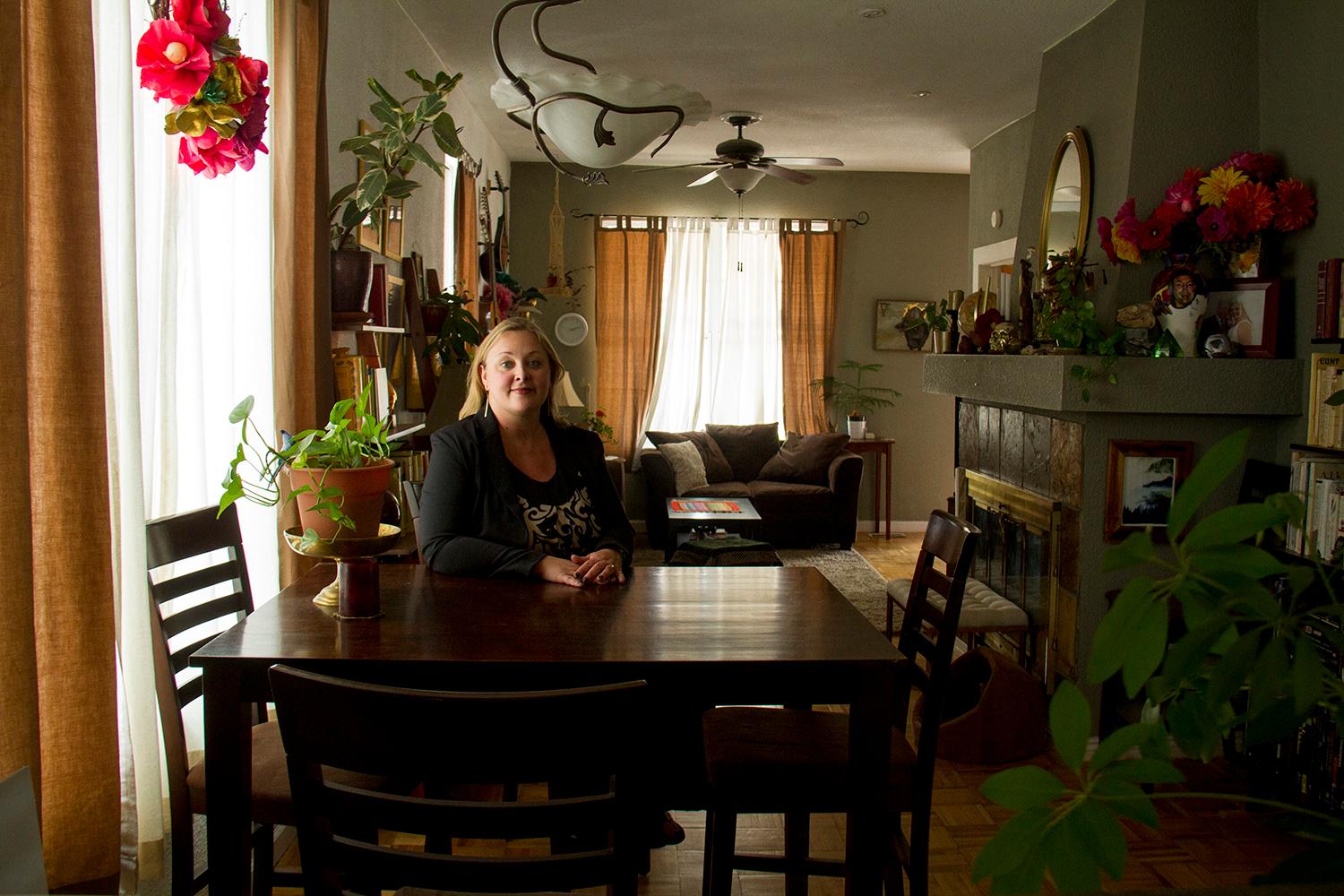
“When I moved here, I was clearly the weird, single white lady who did her own yardwork,” she says. “People gave me funny looks. But the neighbors have all been very friendly and kind. I think just sticking it out has made me more committed to the neighborhood.”
It’s looking increasingly likely that Marston Cook made a good investment. She paid $90,000 seven years ago. Recent home sales in the neighborhood show prices more than twice that.
Marston Cook has mixed feelings: She doesn't want people to lose their homes. She likes the changes she sees coming.

“Once that viaduct comes down, it’s going to change everything,” Marston Cook says. “Tearing down that crumbling, hideous viaduct will do a lot to reunite this neighborhood with the rest of the city."
"I'm not against development... but it's never for us."
Candi CdeBaca, a community activist who grew up in Swansea and still lives in her grandmother's home, moved back after six years in Washington, D.C., working on education policy. She found her childhood friends dispersed to Commerce City, Aurora and Thornton.
“The money that the city is investing now in these communities could have been invested a long time ago," she says. "I’m not against development. I would love to see beautiful places and things, but it’s never for us.”












